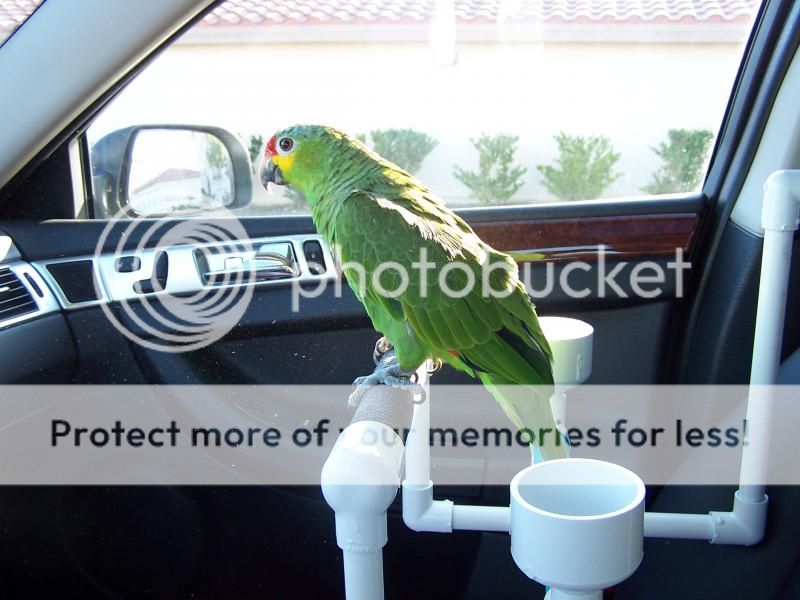jasper19
Supporting Member
So in all the research i have done, many sites will tell you in fact not to make your bird step up on your hand if it doesn't want to. So that is what i did yesterday, then the bird started to refuse to step up, test biting, backing away, bowing head then biting.
Then i came across a site where the person said if you don't establish that you are in control of the situation and cage, then they will just get worse. So today i did force the bird, through persistence and then reward with a peanut. It seemed to almost halt her previous behavior.
I was just seeking others opinions. It seems to me, that making the bird step up when i wanted it to, actually made the bird have more respect for me? And now will more easily do what i wish without trouble.
Is that what you guys see as well? Also, then why are so many of these "training" sites that say don't make the bird step up if they don't want to....when really it seems that over time this will just make them more aggressive if you let them be in control.
After the initial making her step up, she was very happy talking up a storm on top of her cage. So i don't think it scared her or upset her. I really think it made her more comfortable.
Granted i have only had the bird 2 days, but this is already something i noticed. And curious on others take on the principle of encouraging the bird to step up when its acting like it doesn't want to.
Then i came across a site where the person said if you don't establish that you are in control of the situation and cage, then they will just get worse. So today i did force the bird, through persistence and then reward with a peanut. It seemed to almost halt her previous behavior.
I was just seeking others opinions. It seems to me, that making the bird step up when i wanted it to, actually made the bird have more respect for me? And now will more easily do what i wish without trouble.
Is that what you guys see as well? Also, then why are so many of these "training" sites that say don't make the bird step up if they don't want to....when really it seems that over time this will just make them more aggressive if you let them be in control.
After the initial making her step up, she was very happy talking up a storm on top of her cage. So i don't think it scared her or upset her. I really think it made her more comfortable.
Granted i have only had the bird 2 days, but this is already something i noticed. And curious on others take on the principle of encouraging the bird to step up when its acting like it doesn't want to.
